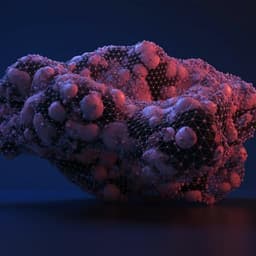
Engineering and Technology
Deep learning for non-parameterized MEMS structural design
R. Guo, F. Sui, et al.
This groundbreaking research by Ruiqi Guo and team harnesses deep learning to revolutionize MEMS design, predicting physical properties of designs with impressive speed and accuracy. Discover how their innovative approach outshines traditional methods, enabling rapid screening of design candidates for enhanced efficiency.
Playback language: English
Related Publications
Explore these studies to deepen your understanding of the subject.







